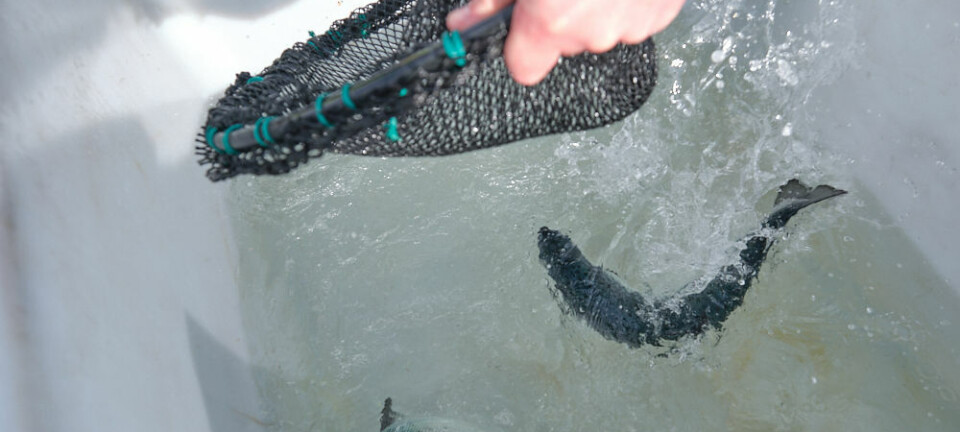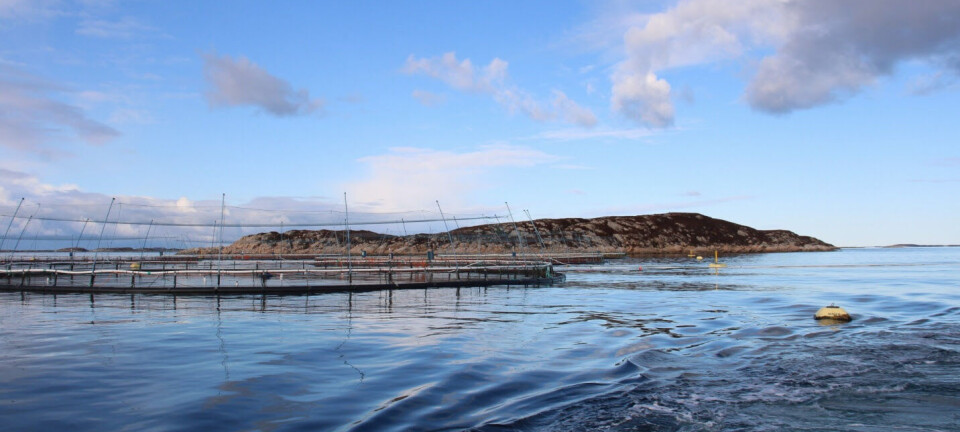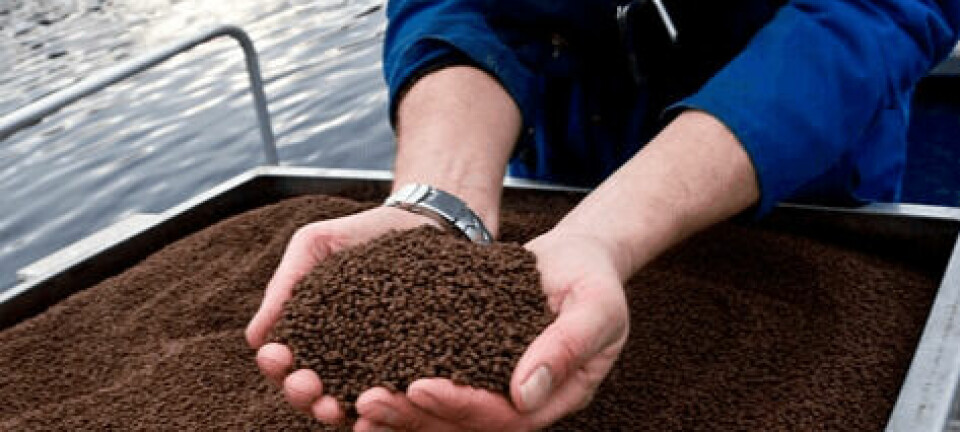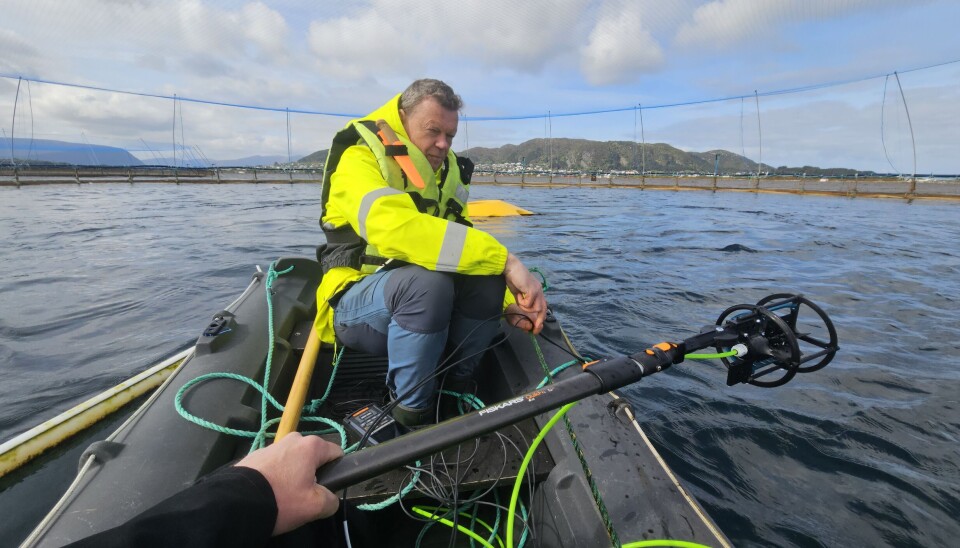
Circulation from deep provides clearer water in salmon pens
Norwegian supplier Fjord Miljø is testing a new solution for water replacement in pens with lice skirts. The results indicate smoother circulation and cleaner water.
Fjord Miljø has tested a new pump solution that will draw up fresh deep water and distribute it evenly in pens with lice skirts. The goal is better water quality and more stable conditions for the fish, without the water sinking straight back down, as some have suggested can happen.
"The most interesting thing is that the water in the cage turns out to be very homogeneous from the centre and all the way out to the edge of the cage. This is in direct contradiction to theories that claim that pumped up deep water will immediately sink back down. We can now put that theory behind us," Arild Heggland, sales and marketing manager at Fjord Miljø, tells Fish Farming Expert's Norwegian sister site, Kyst.no.
The tests have been carried out both with and without fish. The results from measurements with fish have been made at fish farmers who use the equipment in daily operation. Pumps have been used both with and without flexible pipes. According to Heggland, both configurations show good results.
"This gives reason for optimism and we plan to conduct more measurements throughout the summer and autumn," he says.
Can provide multiple benefits
Heggland points out that the technology could enable farmers to use lice skirts for longer periods and that it enables the use of deeper skirts. This could in turn contribute to better growth, less handling, and better welfare.
"During periods of high surface temperatures, we see that the technology can also contribute to lower temperatures inside the cages," he says.
Observations so far indicate that the fish are doing well.
"There is no difference in wellbeing, growth or mortality compared to control cages," says Heggland.
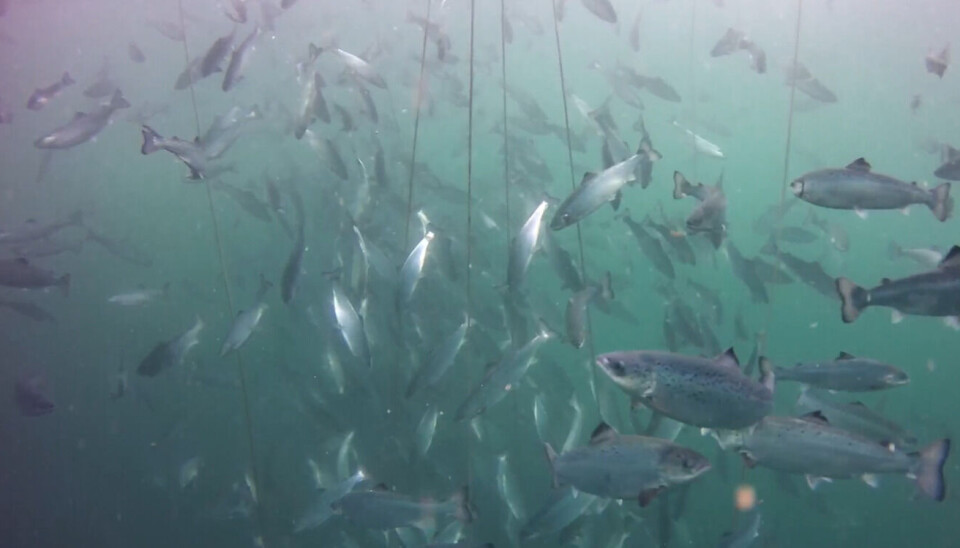
Water from 20 metres
According to Heggland, it is easy to put the pumps into operation. The only thing needed is access to sufficient electrical power, 5.6 kW per pump.
"Each pump then pumps 12,000 to 17,000 cubic metres of water per hour depending on the configuration and conditions at the site."
In one of the pens, the water is taken from a depth of 20 metres in combination with a skirt of 15 metres; in another cage, water is pumped from a depth of 10 metres, with a skirt of 8 metres.
Surprisingly clean water
One of the interesting findings is that there are periods when the water inside the cages is clearer compared to the water outside.
"It's not really surprising, because we've seen the same thing in previous experiments. When you collect water below the algal belt, you get cleaner water. We believe this technology, in combination with deep skirts, can be effective against algal blooms," says Heggland.
He also points out that Fjord Miljø offers training through Canadian company Poseidon Ocean Systems' monitoring programme HAMP (Harmful Algae Monitoring Plan).
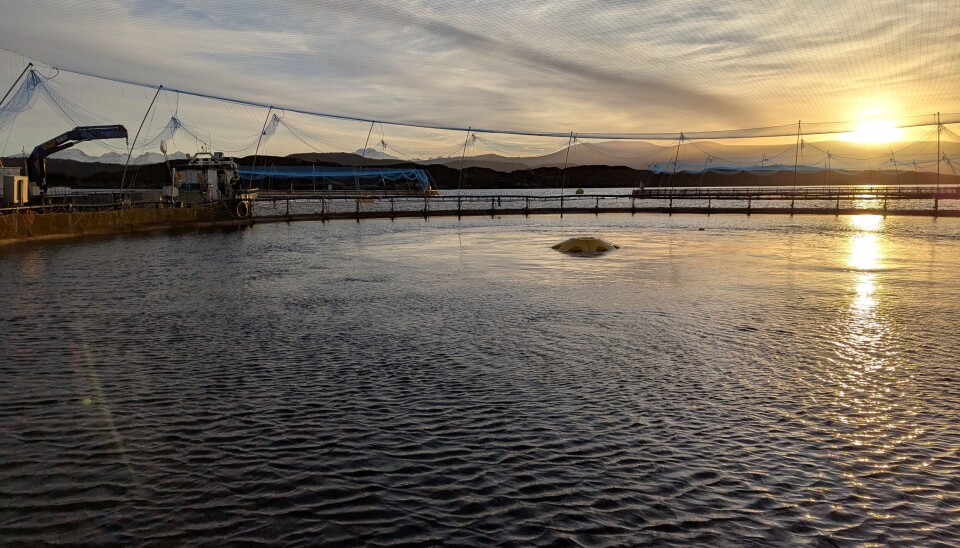
Documenting surface current
An important part of the project is to document that the water actually spreads outwards, and does not just sink back down.
"We have made measurements of current, oxygen, salinity, and temperature. We have also developed our own current meter to measure the speed of the water. We see that the water from the depths settles on top and creates a surface current out towards the edge of the cage," says Heggland.
He adds that no vertical downward flow has been detected, which supports that the water is not sinking, but spreading horizontally.
“It's simply fascinating how evenly the water is distributed,” he says.
Looking further towards oxygen addition
Fjord Miljø is also looking at the possibility of combining water pumping with oxygen supply.
"Using Poseidon's Life Support System, we can supply oxygen directly into the cage. These are solutions developed in Canada precisely to protect the fish from lice, algae, and jellyfish, while ensuring good operating conditions," says Heggland.
"In this way, we can take farming in open cages a step further, even when natural conditions are demanding.
"For the farmers, the results mean that they can use shielding technology for longer periods, and it will also be possible to use deeper skirts. In addition, better shielding will lead to less handling, better growth and, not least, a better yield per smolt put into the sea. The technology can also help to lower the temperature somewhat when the surface temperature is high," he concludes.
























